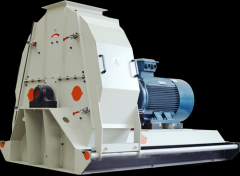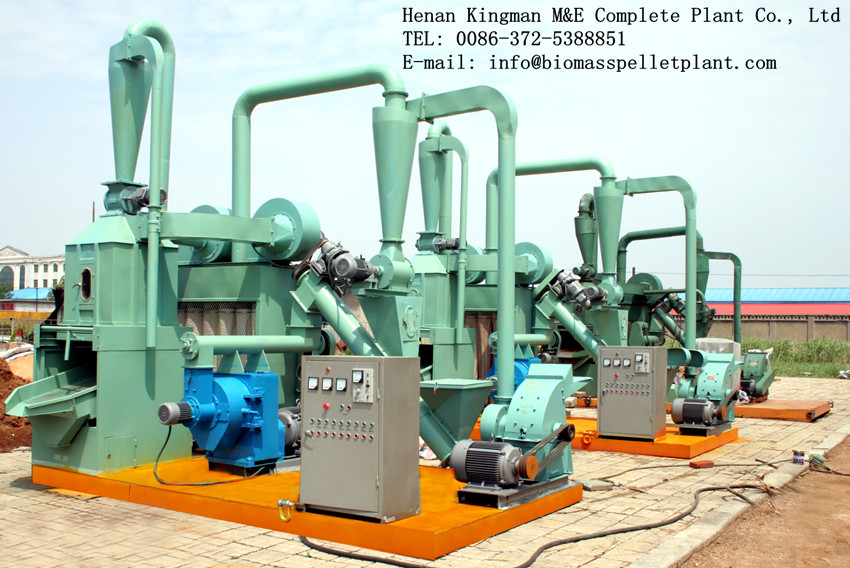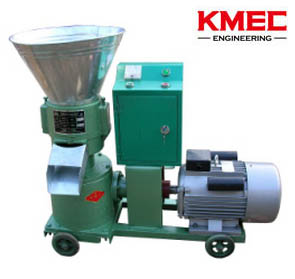The challenges to ensure a sustainable pellet trade-1
The challenges to ensure a sustainable pellet trade
1Assessing the future potential global supply and demand of biomass pellet fuel
1.1 Potential demand
Demand for wood pellets has been increasing strongly over the past 15 years, as was also mentioned for individual countries in the previous articles. However, whether this trend will continue is depending on a number of factors and has been analyzed by various studies. Below, we give an overview these existing studies, and discuss some of the major factors that will influence possible demand up until 2020.
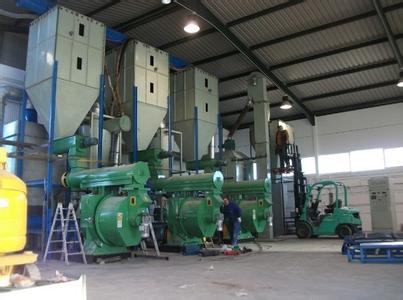
Existing analyses include forecasts by Pöyry (2011), Sikkema et al (2011), Ekman & Co., AEBIOM and New Energy Finance. Most projections are only for Europe, but estimates are for different years. Pöyry estimates 16.5 million tons in 2015 and 23.8 million tons by 2020 for EU only; AEBIOM expects between 50 and 80 million tons in 2020; and New Energy Finance expects about 28 million tons in 2025. Sikkema et al. estimates that the maximum technically obtainable wood pellet demand could in theory reach up to 150 million tons by 2020, assuming that 50% of all heating oil boilers are replaced by 2020, and assuming an EU-wide average co-firing rate of 10% in all coal power plants in the EU. Most projections foresee however a more modest growth, with an (EU-)average of 3% share of wood pellets replacing coal, although in individual plants, and this share may be 20% or even higher. In case current consumption trends are extrapolated exponentially (as they have grown in the past), a consumption level just lower than 35 million tons could be reached in 2020, starting from 9.2 million tons in 2009.
READ: WHAT IS PELLET MACHINE AND HOW TO START A PELLET PRODUCTION LINE
Based on the expertise available within the Task 40 working group, we also devised two scenarios on the likely and maximum demand for industrial use of wood pellets in Northern Europe. From these figures, it is clear that under current expectations (including existing policies), total industrial demand is likely to increase from about 4 million tons in 2011 to a little over 10 million tons in 2015. In theory, industrial demand in Northern Europe could even increase to 20 million tons, but this is more of a hypothetical technical potential than what can be expected from current trends and policies.
The only comprehensive study found that detailed forecasts on the global demand development were published by Pöyry (2011). Pöyry expected a strong increase in the EU (as also shown by the other articles), a moderate increase in Northern America, and basically some marginal demands in Latin America, Africa and Oceania. Most important are the expected demands in Japan and South Korea, and-probably as biggest wildcard-an expected increase in demand in China from 0.6 million tons now to 10 million tons in 2020. On a global level, the study shows an increase in demand from 15.6 million tons in 2010 to about 45 million tones in 2020.
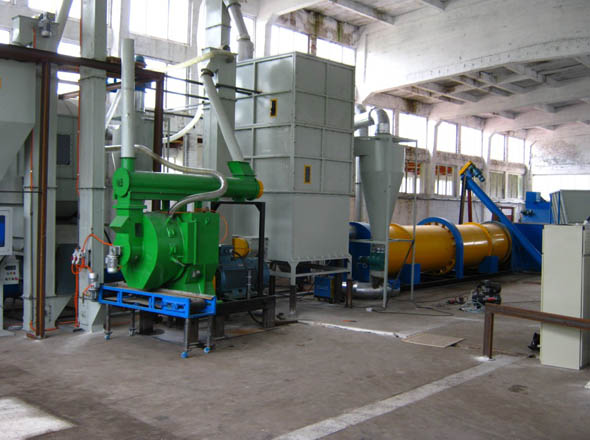
The main conclusions regarding the global development of wood pellet demand are:
•The EU is very likely to remain the largest wood pellet consumer in the world, but East Asia is going to show a very strong growth and may be a close second in 2020.
•EU demands could range between 20-50 million tons by 2020, depending to a large extent on
a) the policies on co-firing in a.o. the UK, Netherlands, Germany, and Poland, and b) on the price of heating oil and the related attractiveness to switch to wood pellets for small-scale users (households and medium-sized residential buildings);
•East Asian demand strongly depends on policy developments in Japan and South Korea. How rapidly that this demand will materialize will probably become more certain over the course of 2012, when more details on policy measures in both Japan and South Korea are expected. Regarding China very little useful information was available, and demand development is hard to anticipate.
•Demands in the US will probably remain limited to small scale use in households, and will not use pellets on a large scale for industrial purposes. Thus, one crucial factor will be the price of heating oil.
News
- Small Pellet Machine Manufacturer-Kingman
- Application of Wood Pellets and Use of Biomass Pellets
- From Fossil Fuel into Biomass Pellet Fuel
- Biomass Pellet Making Machines Market
- Applying of pellet stoves for home use
- Highland pellets to build $130 million facility in arkansas
- How to deal with the blocked hammer mill
- How to Make Wood Pellets with Sawdust
- The government policy promotes the development of biomass fuel
- Market analysis of biomass pellet fuel
- Strategic positioning of renewable energy
- Biomass energy has pass through the pre assessment
- The key point of deep processing of biomass pellet
- Harbin is promoting the development of biomass machinery
- The development of biomass formation technology I
- The development of biomass formation technology II
- Biomass energy industry is now going full tilt in 2015
- Rapid increasing demand of sawdust pellet on the market
- Pellet fuel market in EU
- Chinese Biomass Energy Conference held in Beijing
- Future market development of straw pellet mill
- Peanut Shell Pellet Mill Makes High Quality Pellets
- The utilization of straw is only 5%, biomass energy needs our attention!
- Corn straw pellet machine relieves the tight supply of fuel energy
- Reasons for loose or not forming of biomass pellet mill


